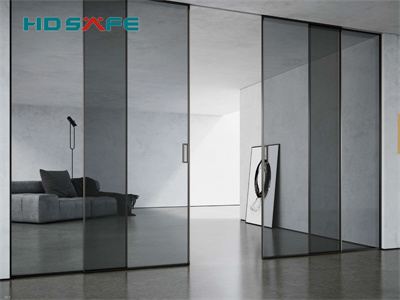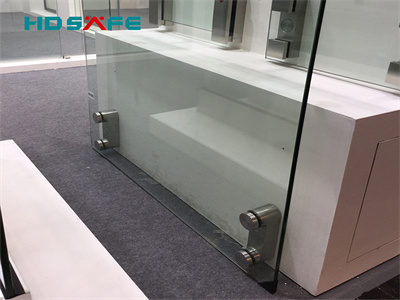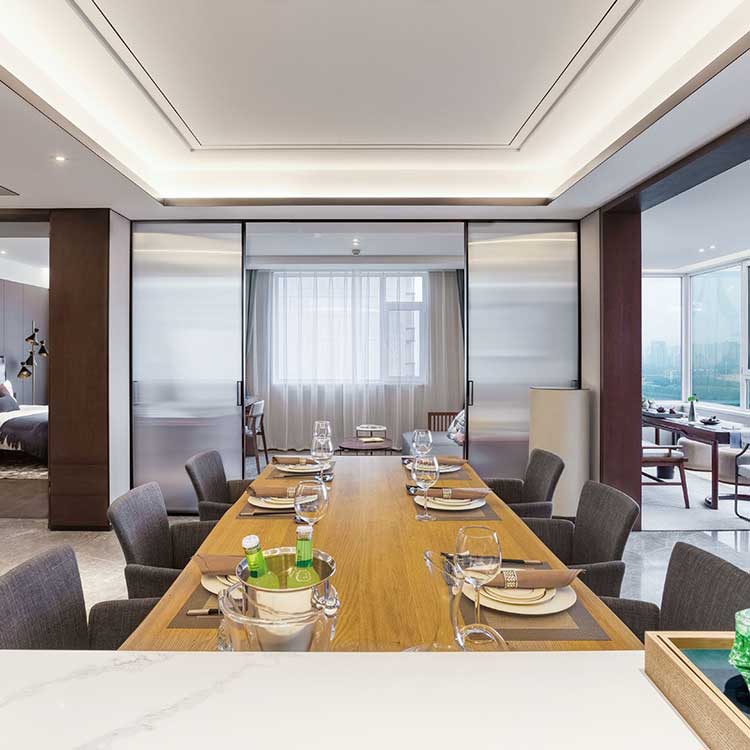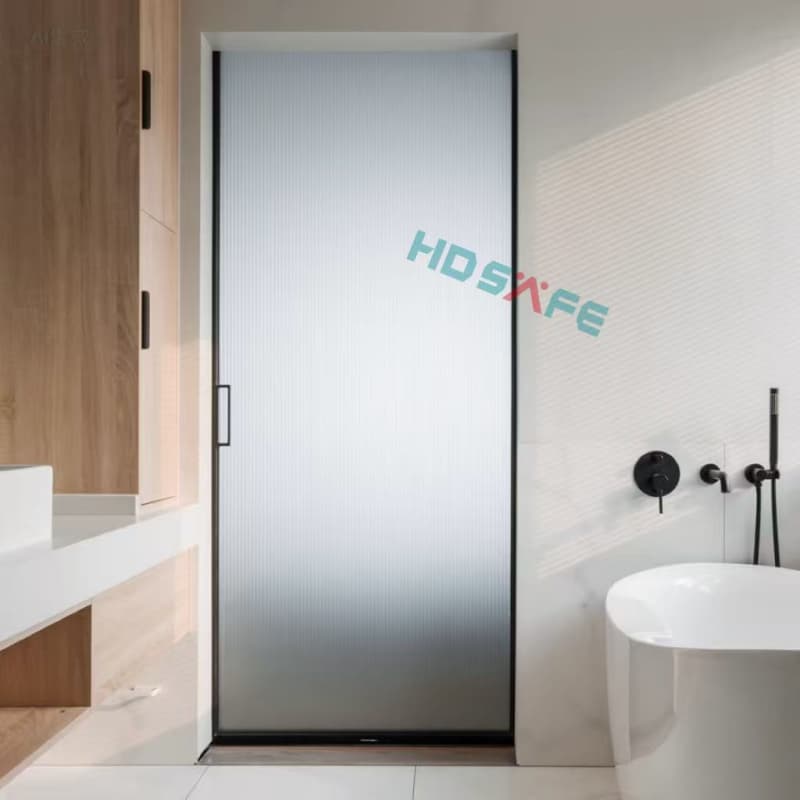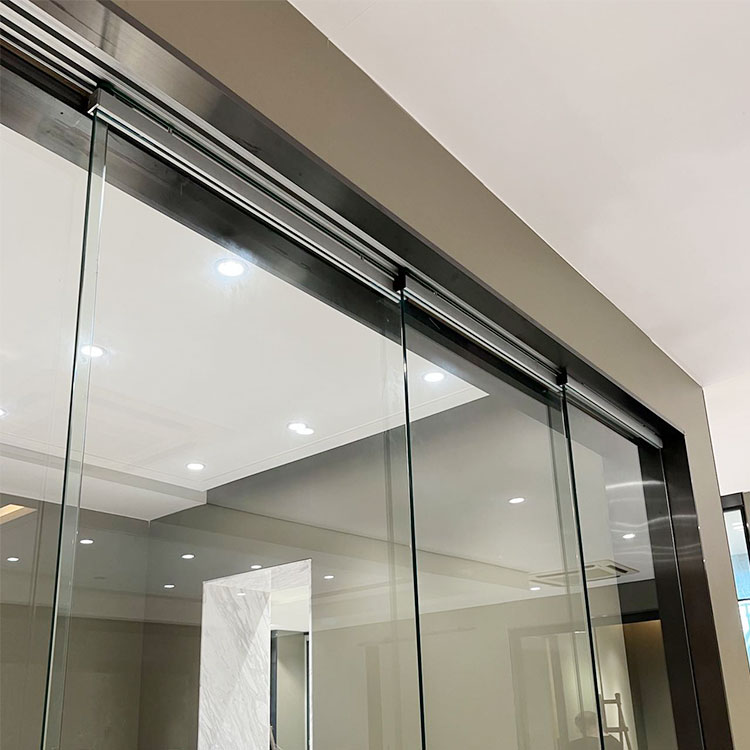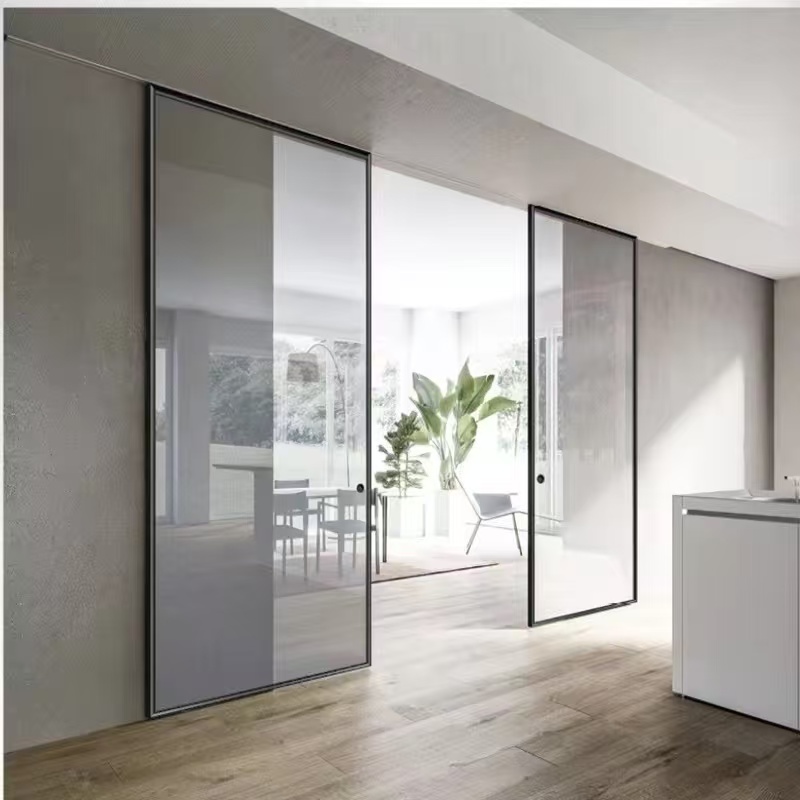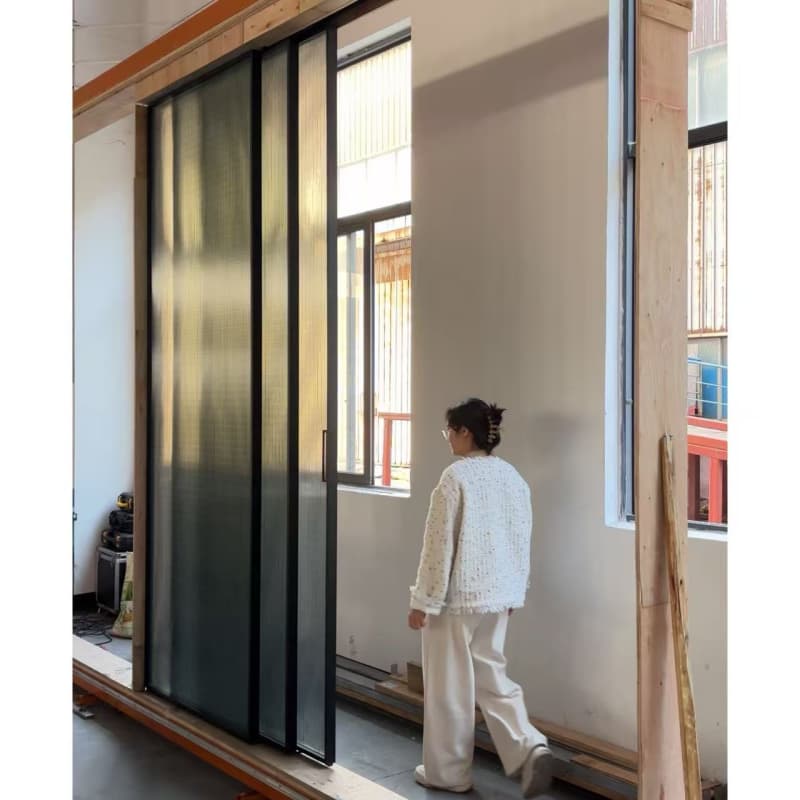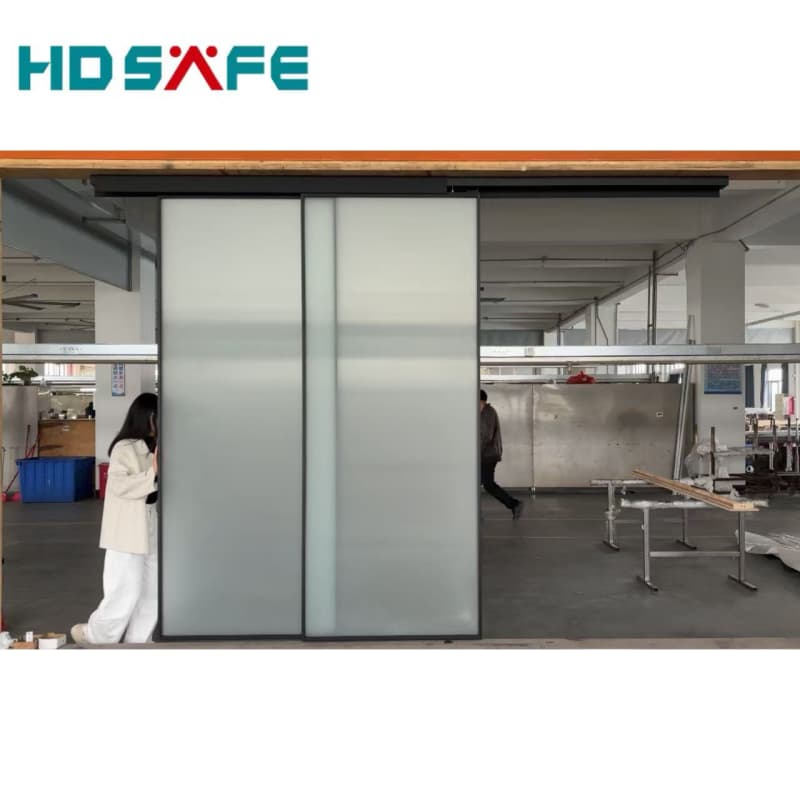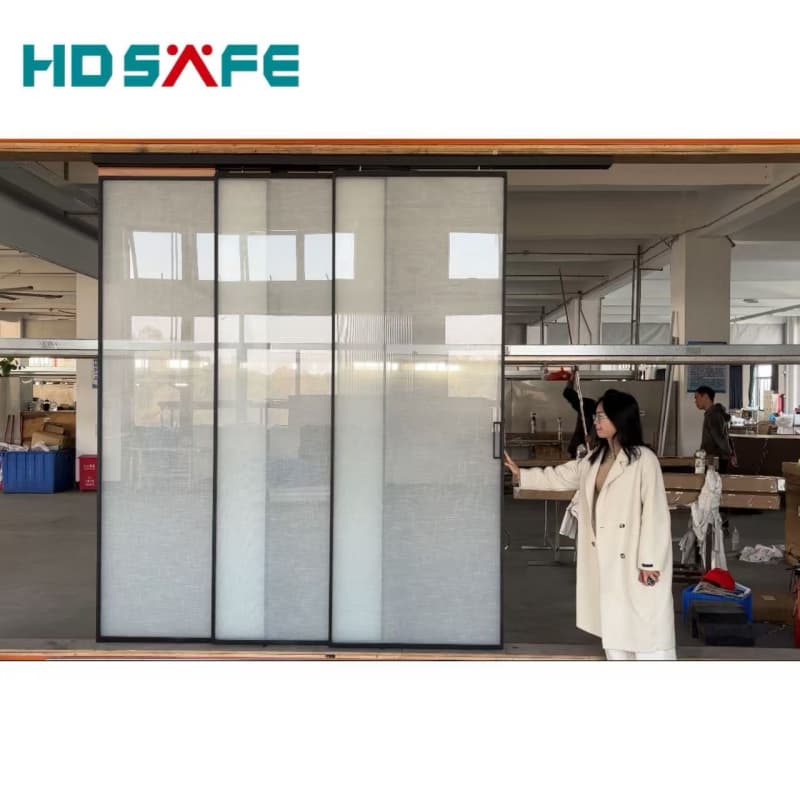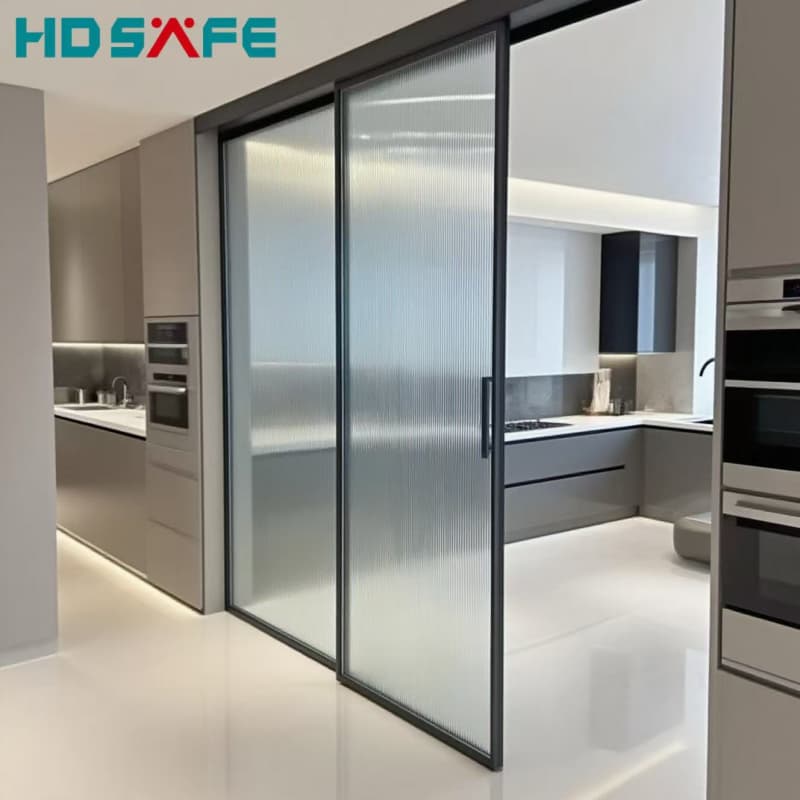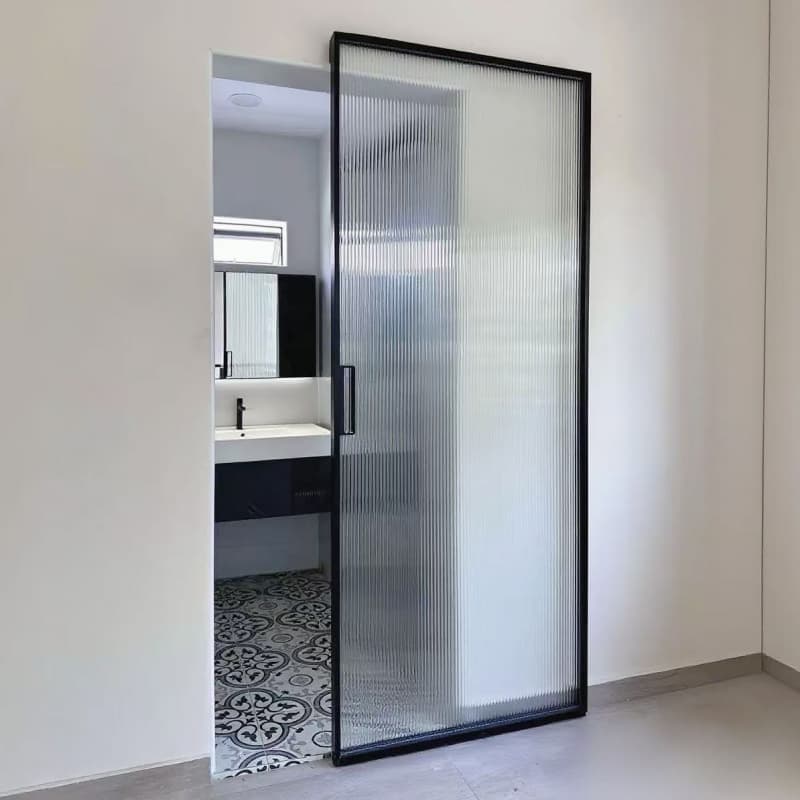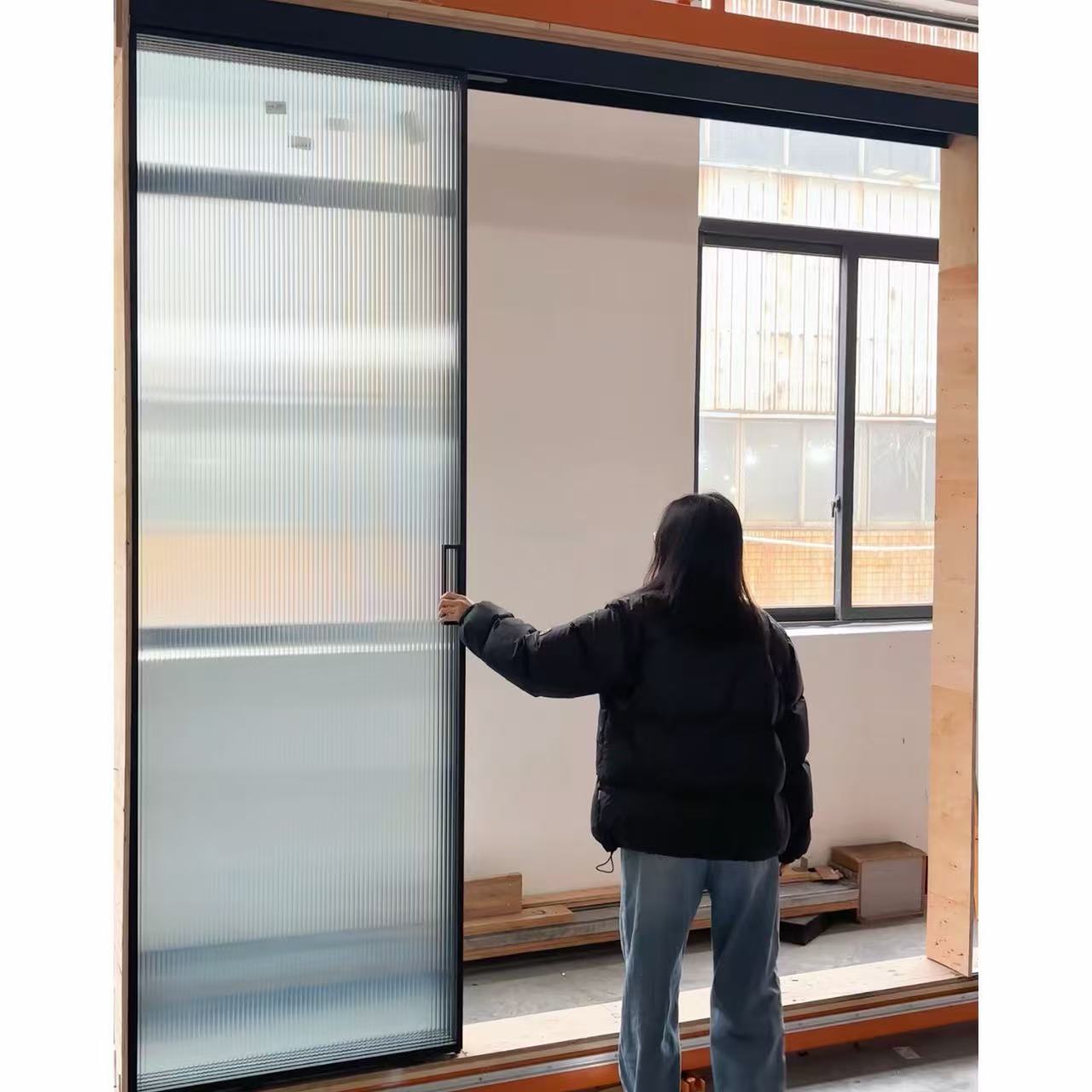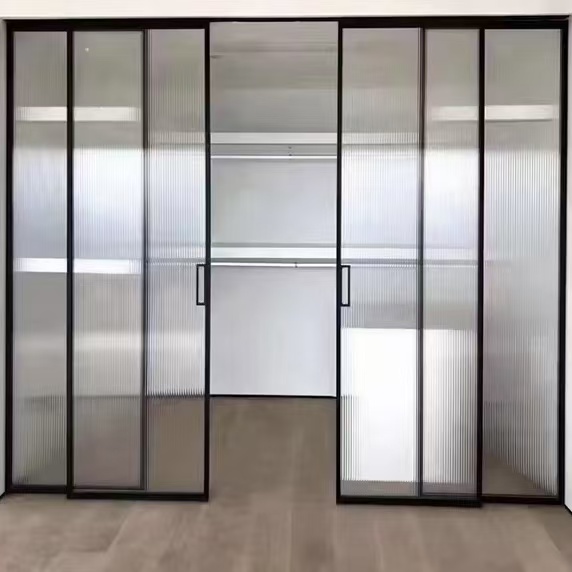Introduction:
Stair handrail lighting is an essential component of any well-designed staircase. Not only does it provide vital safety benefits, but it also enhances the overall aesthetics of the space. In this article, we will explore the importance of stair handrail lighting, its application, and the key considerations to keep in mind when implementing this feature.
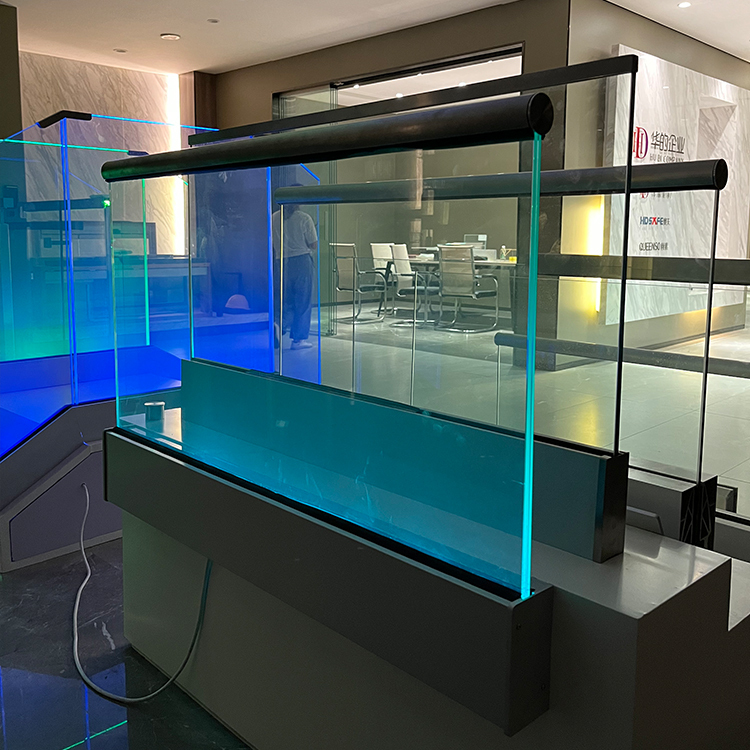
1. Why Stair Handrail Lighting Matters:
Stair handrail lighting plays a crucial role in preventing accidents and ensuring safe navigation. By illuminating the handrail, it helps individuals see and grasp the railing securely, decreasing the risk of slips, trips, and falls. It also aids in improving visibility, especially in low-light conditions or during nighttime.
2. Functional Benefits of Stair Handrail Lighting:
a. Safety: Stair handrail lighting acts as a visual guide, allowing individuals to locate the handrail easily and providing support while ascending or descending stairs. It minimizes the chances of accidents, notably among the elderly and those with limited mobility.
b. Ambience: The gentle glow emitted by stair handrail lighting adds a touch of elegance and sophistication to any staircase, enhancing the overall ambiance of the space. This lighting option can be customized to match the style and décor, be it modern or traditional, creating a visually appealing focal point.
3. Application of Stair Handrail Lighting:
Stair handrail lighting can be installed in various settings, including residential buildings, commercial spaces, and public areas. Here are a few examples of where this feature can be particularly useful:
a. Residences: From private homes to apartments and condominiums, stair handrail lighting provides an added layer of safety and adds a luxurious element to the staircase design, elevating the overall appeal of the property.
b. Hotels and Resorts: In high-end hospitality establishments, stair handrail lighting creates a welcoming and comforting atmosphere for guests, making a memorable first impression. It also enhances wayfinding and contributes to the overall ambiance of the establishment.
c. Retail Spaces: Stair handrail lighting in stores and shopping malls not only improves safety but also highlights the architectural features, drawing attention and adding to the overall consumer experience.
4. Factors to Consider:
When implementing stair handrail lighting, several factors should be taken into consideration:
a. Lighting Design: It is essential to find the right balance between functionality and aesthetics when designing the lighting scheme. A professional approach is crucial to ensure that the handrail is adequately illuminated without causing discomfort or glare for users.
b. Durability: Stair handrail lighting should be designed to withstand constant use, varying weather conditions, and potential physical impact. Opting for high-quality, durable materials and efficient lighting solutions is necessary to ensure long-term reliability.
c. Energy Efficiency: Consider implementing energy-efficient options such as LED lights to reduce energy consumption and lower maintenance costs. LED lights are known for their long lifespan and low power consumption.
Conclusion:
Stair handrail lighting is a vital feature that combines safety and style. Its incorporation into staircases enhances the overall ambiance of the space while ensuring safe navigation. It finds wide applications in residential, commercial, and public settings, contributing to the overall design aesthetics. By considering factors such as lighting design, durability, and energy efficiency, one can successfully implement stair handrail lighting and maximize its benefits.





 Home
Home Sep 12,2023
Sep 12,2023 
 Unlocking the Striking Advantages of Aluminum Folding Doors
Unlocking the Striking Advantages of Aluminum Folding Doors 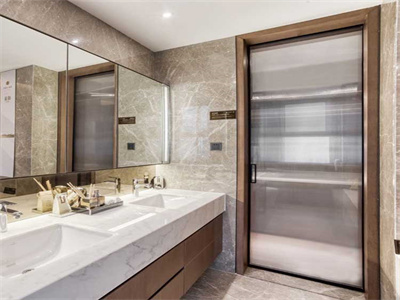
 Aug 16,2023
Aug 16,2023 
